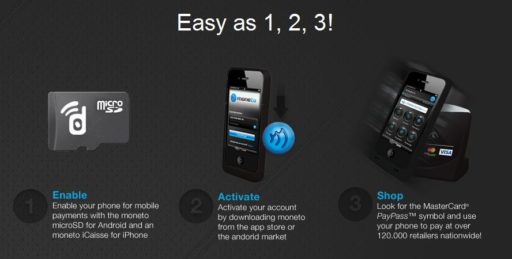The first iPhone aboard a shuttle is expected to launch into space on the Atlantis’ STS-135 mission, according to NASA and the iPhone is equipped with an app, called SpaceLab for iOS, created by Odyssey Space Research, a Houston company, to help astronauts track scientific results.The iPhone won’t get lonely on the flight, accompanying it will be other items such as various American flags and NASCAR memorabiia and also a couple of modified iPhone 4 models is being sent up to the International Space Station in a bid to give researchers a tool that will help in research……….
Atlantis STS-135 is going to be the last mission for NASA‘s storied space shuttle program but like many of its predecessor missions it will have a space first and the presence of two iPhone 4 models, bound for experiments on the International Space Station (ISS), is due in large part to Odyssey Space Research, a company that’s been in the space business for two decades and Nanoracks, a company that provides hardware for the U.S. National Laboratory portion of the ISS. It’s a part of a larger push to increase the participation of lower-cost, mass-produced commercial products in space missions. According to Odyssey Space Research CEO Brian Rishikof, last summer’s announcement that the iPhone 4 would include a built-in gyroscope is what set this chain of events in motion. “For the technological domain in which our company works, that [gyro] made a big difference,” Rishikof said. Though Odyssey works on huge commercial space projects with companies such as SpaceX and Lockheed Martin, Rishikof said that using the iPhone is a smaller project with huge potential to get regular people involved in space exploration and experimentation. The astronauts aboard the ISS will use the SpaceLab for iOS app, developed by Odyssey and available as a $1 download from the App Store.
On the space station, astronauts will use the iPhone’s gyro, accelerometer and cameras to collect data related to navigation and radiation tracking. “It’s really, truly an experiment,” Rishikof said. After the iPhones are returned to Earth (most likely by a Russian Soyuz capsule next fall), much of the data will be viewable on the SpaceLab for iOS app. Getting the iPhone 4 qualified for use in space was not an easy project. The iPhone 4s that will fly on Atlantis aren’t jailbroken and they haven’t been hardened for use in space. In order to speed certification, Rishikof said that the company made some minor modifications: all wireless communication has been disabled and the battery has been removed. Instead, an external battery pack already certified for use in space will be used. This isn’t to say that an unmodified iPhone 4 couldn’t work in space. In fact, Rishikof said he was “hopeful” that the whole device could be certified by NASA, but certainly not fast enough to catch a ride on the final Shuttle mission, currently scheduled for lift-off this Friday at 11:26 a.m. ET. “Certifying a new battery for use on orbit is potentially expensive and challenging… by all accounts, it looks like we could get there,” Rishikof said, but it would’ve just taken too long.
As the Shuttle era ends, future space exploration will be a combination of commercial and government efforts. NASA is developing a new capsule for its astronauts, and companies such as SpaceX are building spacecraft to supply the ISS. One way to make space travel more cost-effective is to use existing tech instead of expensive, custom-designed equipment. Though the project uses Apple hardware, it’s not an official Apple project. That said, the company did provide Odyssey with technical answers about the function of the iPhone 4 that helped expedite getting the device approved for the ISS. As for the future, Rishikof said Odyssey will study the results and work with NASA on where to go next, though he already has a few ideas. As an off-the-shelf device with a huge base of software developers, in the future an iPhone could even become standard issue for ISS astronauts, with different apps being used for operating experiments, collecting images, and possibly even communicating.
[ttjad keyword=”iphone”]


